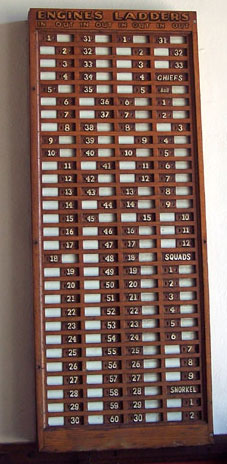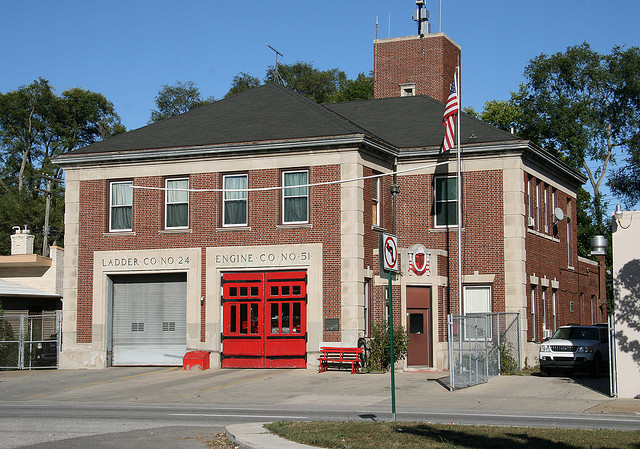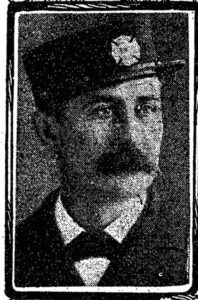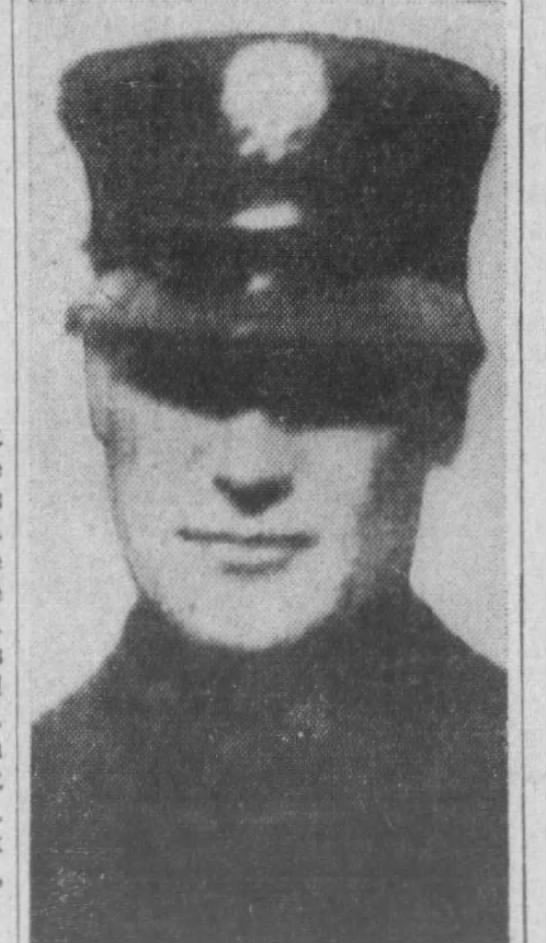Detroit voters overwhelmingly approve the “Firemen’s 24 Hour Amendment” which amended the city charter to set new working hours for Detroit Firefighters. the election also determined many state and local positions, including Governor and Detroit Mayor, as well as allowing women the right to vote in Michigan.
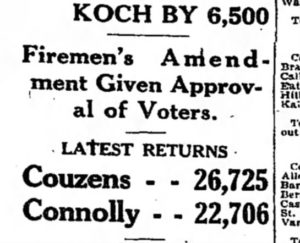
Prior to the 24 Hour Amendment firefighters were on duty 72 hours, then off duty 24 hours. The amendment created a 24 hours on duty 24 hours off duty schedule, the 2 unit system we have today.
The move to shorten working hours came in part because the department had become increasingly motorized (instead of horse drawn apparatus). Motorized vehicles could effectively cover more ground than horses and the population of Detroit had skyrocketed in the 10 years since motorization began. That meant that Detroit Firefighters were fighting far more fires than ever before, but the number of fire companies had not increased proportionately.

The new schedule was not immediately implemented as the department was dangerously low on manpower. At the time there were 255 Detroit Firefighters in WWI military service. The ranks also dwindled as department members left the fire service for higher paying factory jobs with better working conditions. Top that off with the deaths and severe illness caused by the growing Spanish flu epidemic and the department was running with nearly 1/3 fewer men than they required.
After the vote, firefighters continued to work their previous schedule, but were paid overtime for the extra hours, until manpower was brought up to a level where the 2 unit system could be implemented.







